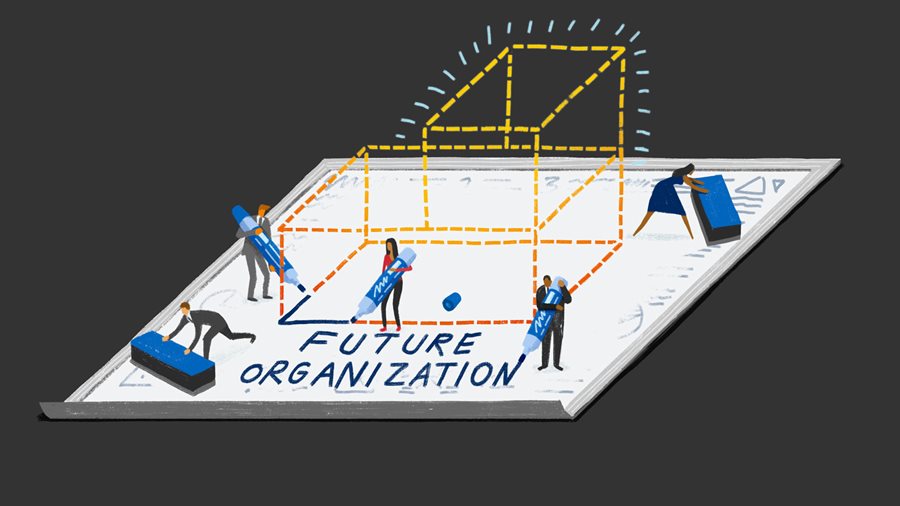Three Tips To Help Engineers Be More Customer-Centric

Modern companies often strive to be more customer-centric. The more aware you are of customer needs and the more empathy you have toward their motivations, the easier it is to build a great product.








